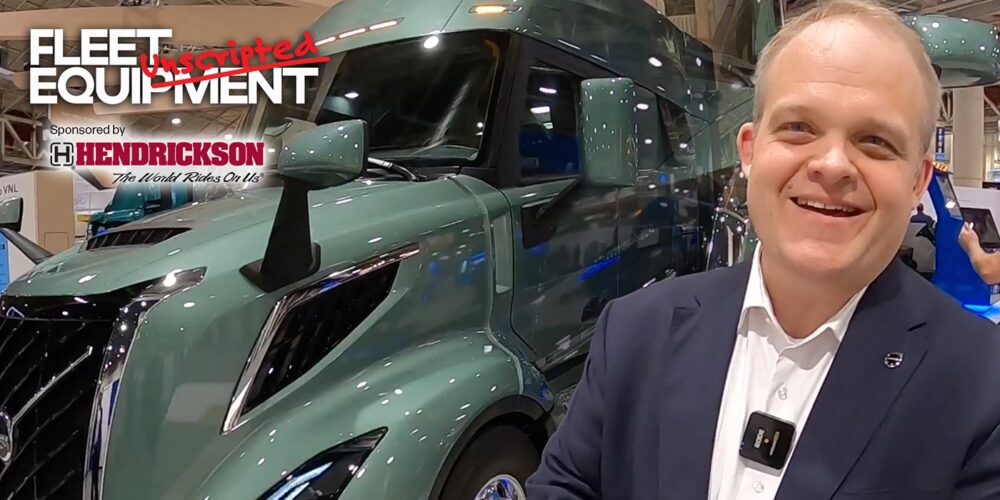It’s January so you know what that means. The cold weather has officially arrived and it’s time to check the health of your truck batteries. At 32 degrees, the starting capabilities of the batteries can drop by 35% of their original capacity. At 0 degrees, they can lose up to 60%. This is cause for concern being that it takes more effort from your battery to crank in a colder climate.
Now I know what you are probably thinking, there’s no reason to worry because up until this point, your battery hasn’t given you any problems, but there is a reason for that. Throughout the summer and fall, batteries are more deeply discharged to keep up with the A/C on full blast. The blazing sun also doesn’t do any favors to the battery’s electrochemistry. As the weather cools, the batteries’ loads are reduced and the negative impacts of the summer sun will begin to surface. In other words, the damage you may be seeing now was set in motion months ago.
Here are a couple of things to keep in mind so your fleet can make it to spring without a hitch
1. Don’t cut corners
Saving money can feel like such an accomplishment! Whether it’s a DIY project to save some cash, using coupons or buying a knock-off and calling it the real thing… not that I do that or anything…
With your battery, the least expensive option and quickest fix might not coincide with expected performance. If you are facing a winter-related no start, remember that it happened for a reason. Swapping out the battery for the cheapest in the market and sending the truck on its way is only prolonging the inevitable outcome of yet another technical issue. Instead, be sure to have the charging system and the batteries analyzed to identify the reason for the failure and find a solution so it doesn’t happen again. The no-start is an indicator of a discharge event and requires thorough investigation.
2. To trash or not to trash
That is the question isn’t it? You’ve reached a fork in the road regarding your batteries performance and you’re left with two options.
- Recharge: You could attempt to recover a deeply discharged or dead battery
- Replace: Just buy a new one
Which path you take can be determined based on a few factors: The age of the battery, its duty cycle and previous maintenance. A healthy and well taken care of battery can properly operate for up to 5 years, but one that isn’t maintained could have a shorter lifespan of only 18 months or even less.
The good news is that the majority of ‘bad’ batteries can be saved with a thorough and proper recharge just so long as it hasn’t been left in that state for an excessive amount of time. If it has, it may be wise to just replace it.
If you’re confident that your battery can be salvaged then make sure to follow proper recharge procedure:
Remove it from the vehicle, charge it to 100%, have it load tested and left to sit for 24 hours, after the time has passed, load test it once again, chances are after doing so it will return to normal performance. From here, there are a couple of things to keep in mind in order to maintain the health of the battery.
- Make sure your batteries are fully charged and connections are tight and clean.
- If your battery happens to be operating on a partial charge, it may not have enough energy to turn over the truck especially when it’s cold. To maintain a fully functioning battery, recharge it once every couple months.
- Make sure the battery is sealed off from the deicers, salt and other buildup that covers winter roads
- Test the cables on your trucks.
- You can have the best, most efficient battery to ever exist, but if the cables are corroded, it won’t do much good. This is because the energy from the battery can’t reach the starter nor can it get the energy from the alternator back into the batteries to be ready for the next crank.
- Battery checks should be implemented into regular maintenance.
- This will ensure that you are able to detect weakened or defective batteries before a no-start occurs, thus minimizing downtime, maintaining the health of the component, ensuring optimal performance and allowing it to reach its max longevity. Sounds like a win-win-win to me.













